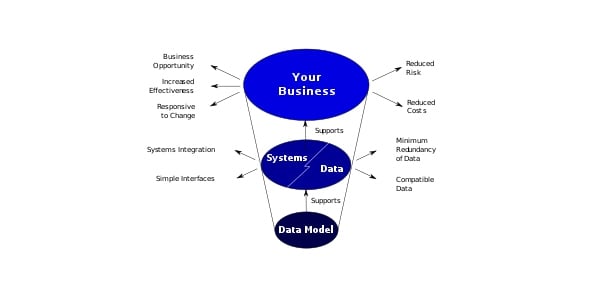CIS 130 Quiz 4
- ISO/IEC 2382
- ANSI X3.135
2.
You may optionally provide this to label your report, leaderboard, or certificate.
×
Thank you for your feedback!
















